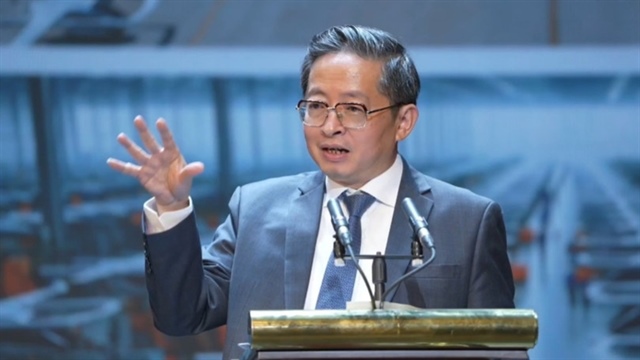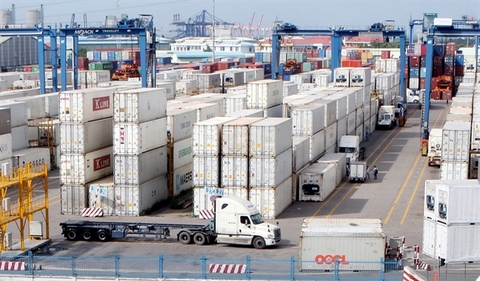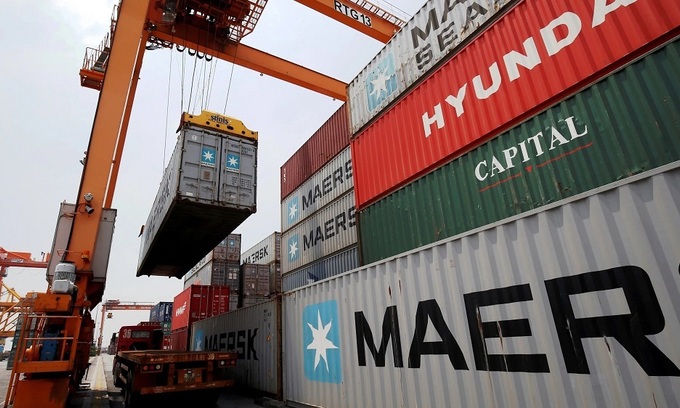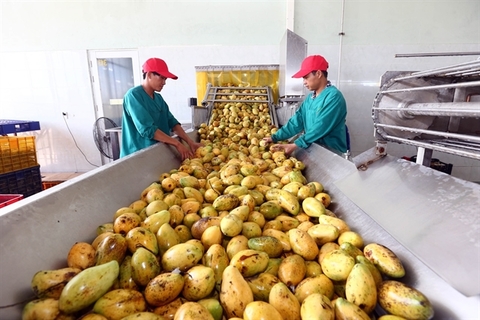Foreign fashion brands impose multiple safety requirements on apparel sector
Foreign fashion brands impose multiple safety requirements on apparel sector
International fashion brands and distributors active in the textiles, garments and footwear sectors have started to lay down safety requirements for electricity systems, the working environment and fire prevention and fighting at facilities to create safer working conditions, heard attendees at a workshop in Hanoi on August 6.
A source from the workshop on “Promoting safer working conditions for factory workers in the apparel and footwear industry,” said that the new requirements from major brands and distributors have put local enterprises under pressure.
The apparel and footwear sectors play a key role in the country’s economic growth, bringing US$36.3 billion in export revenue in 2018.
The sectors are expected to book US$40 billion in export revenue this year. With growth rates ranging from 12% to 16% per year in the 2010-2018 period, the sectors ranked second or third in terms of the country’s overall export revenue.
Vietnam has signed various free trade agreements with developed countries, such as the Comprehensive and Progressive Agreement for Trans-Pacific Partnership (CPTPP) and the European Union-Vietnam Free Trade Agreement (EVFTA), allowing Vietnamese enterprises, including textile, garment and footwear firms, to strengthen their cooperation with foreign partners in production and export.
Despite the range of opportunities for business expansion and growth, the local apparel and footwear firms have faced multiple challenges, especially in meeting international commitments and complying with regulations on labor, environment and production safety, to develop the sectors sustainably.
Huynh Tien Dung, director of the Sustainable Trade Initiative (IDH), said that the greatest difficulties facing Vietnam on signing the CPTPP and EVFTA involved labor and sustainable development.
As such, to make the most of the free trade agreements, domestic enterprises should focus on meeting international requirements and standards, Dung said.
Factories that supply products to many brands and distributors have run into severe hardships because of the new requirements, he stressed.
To support Vietnamese firms in fulfilling the requirements on building safety, set by international brands and distributors, IDH has cooperated with some foreign brands and distributors such as Bestseller, Gap, Li&Fung, Target, VF Corporation and Walmart to develop a common set of criteria on safety at textile, garment and footwear production facilities and has launched Life and Building Safety, an industry-wide program to promote safe manufacturing in the apparel and footwear value chain.




















